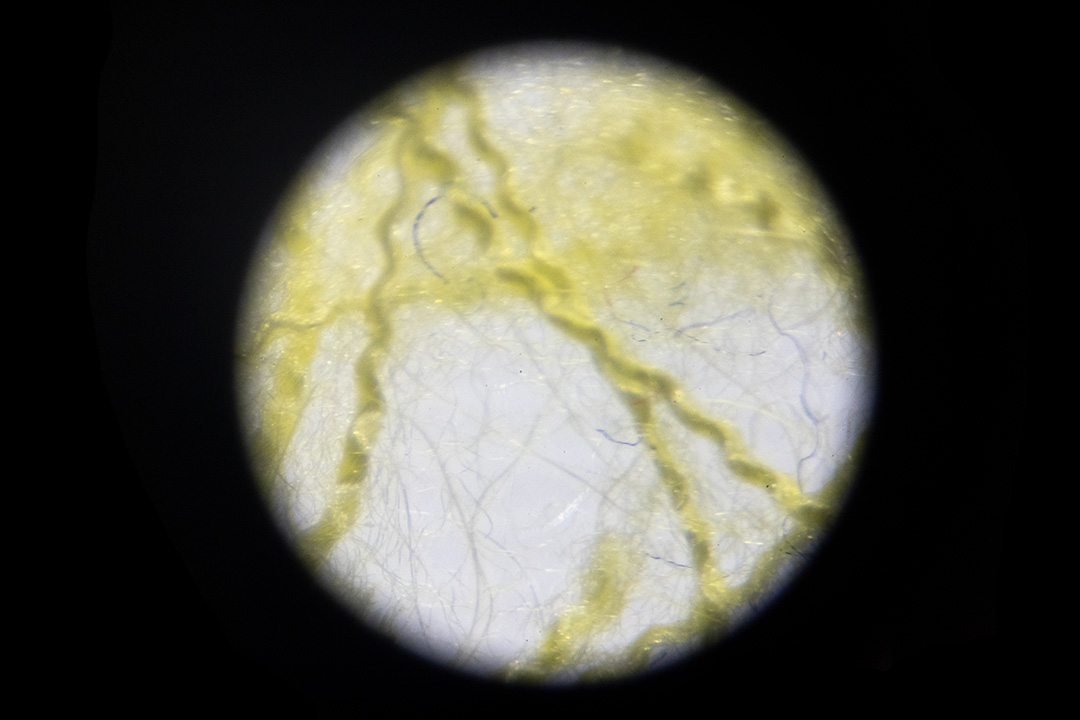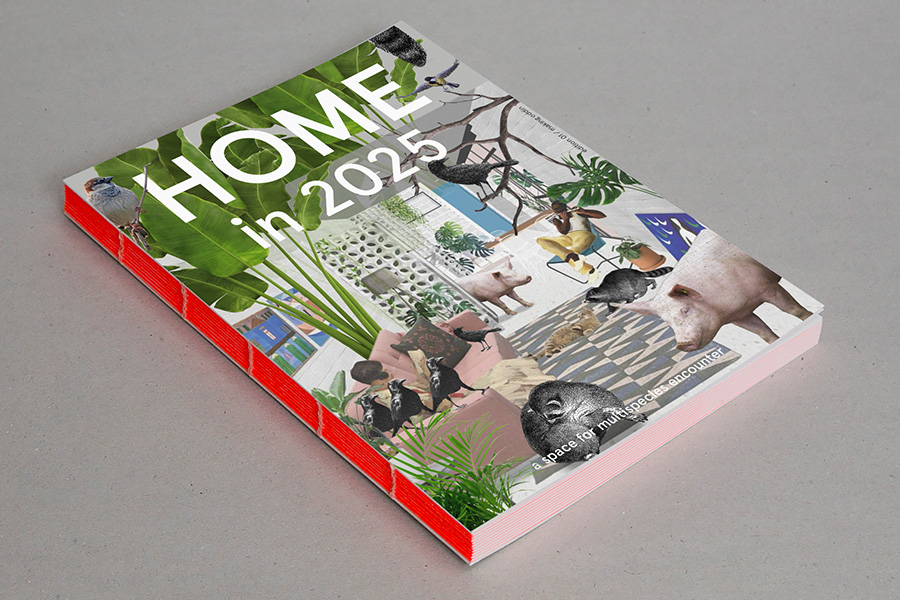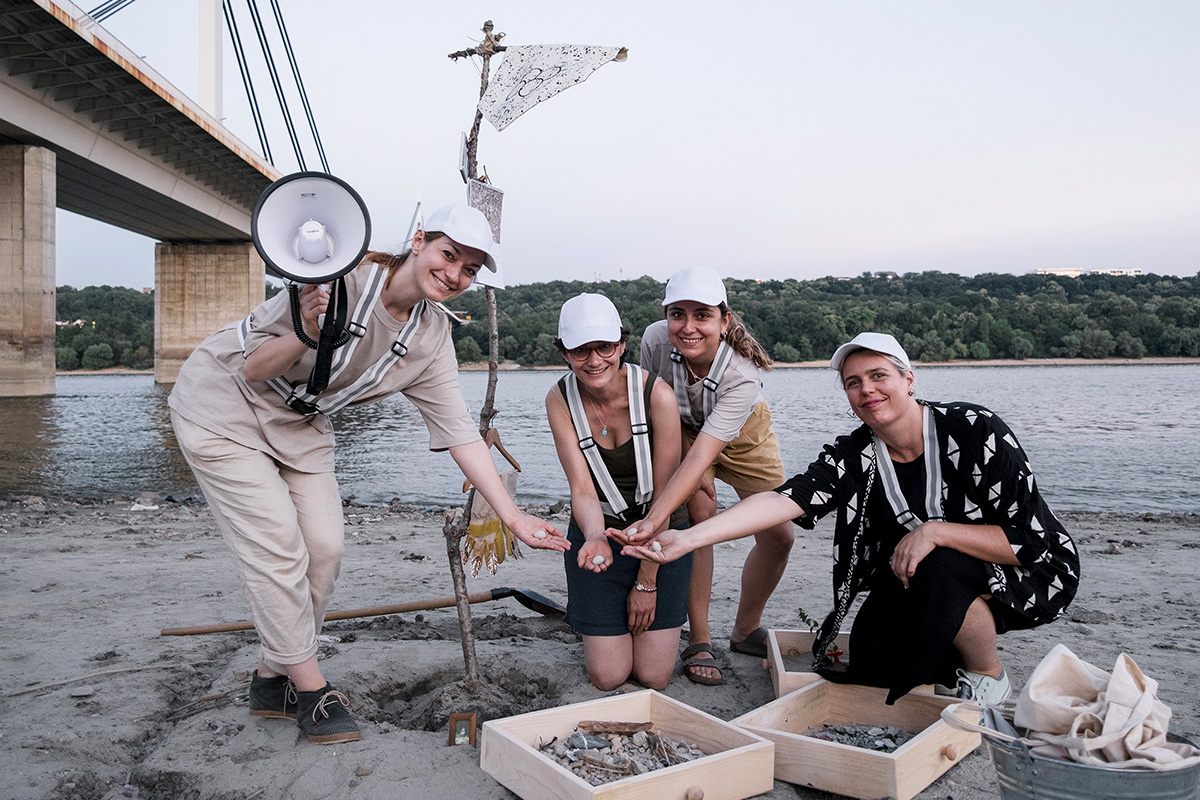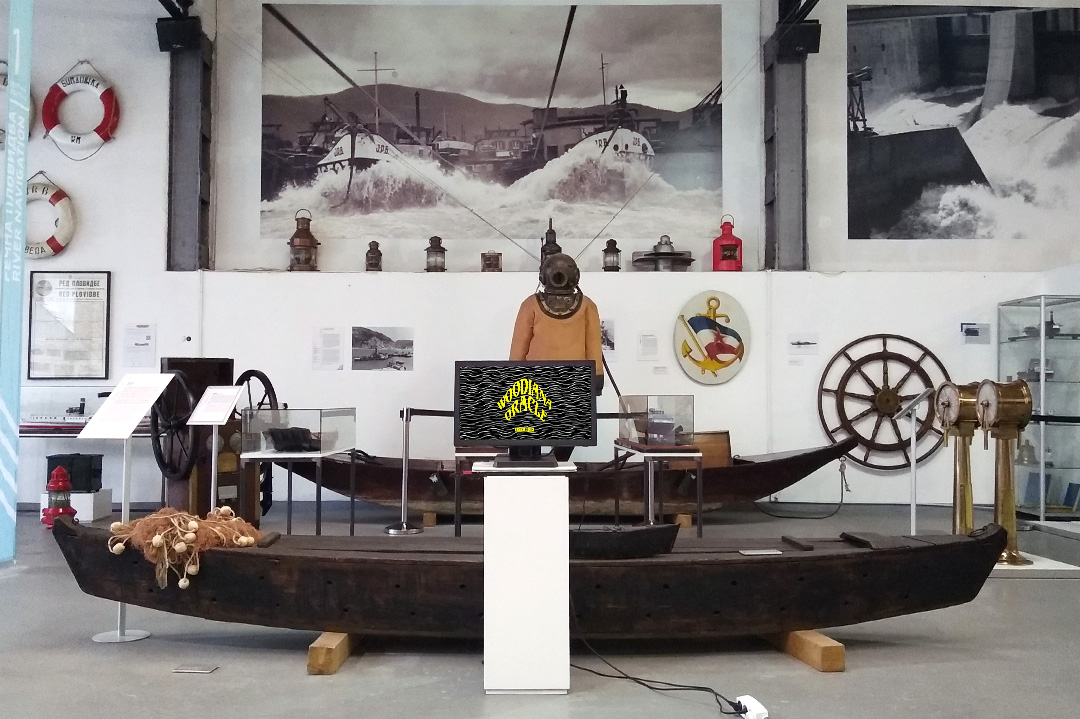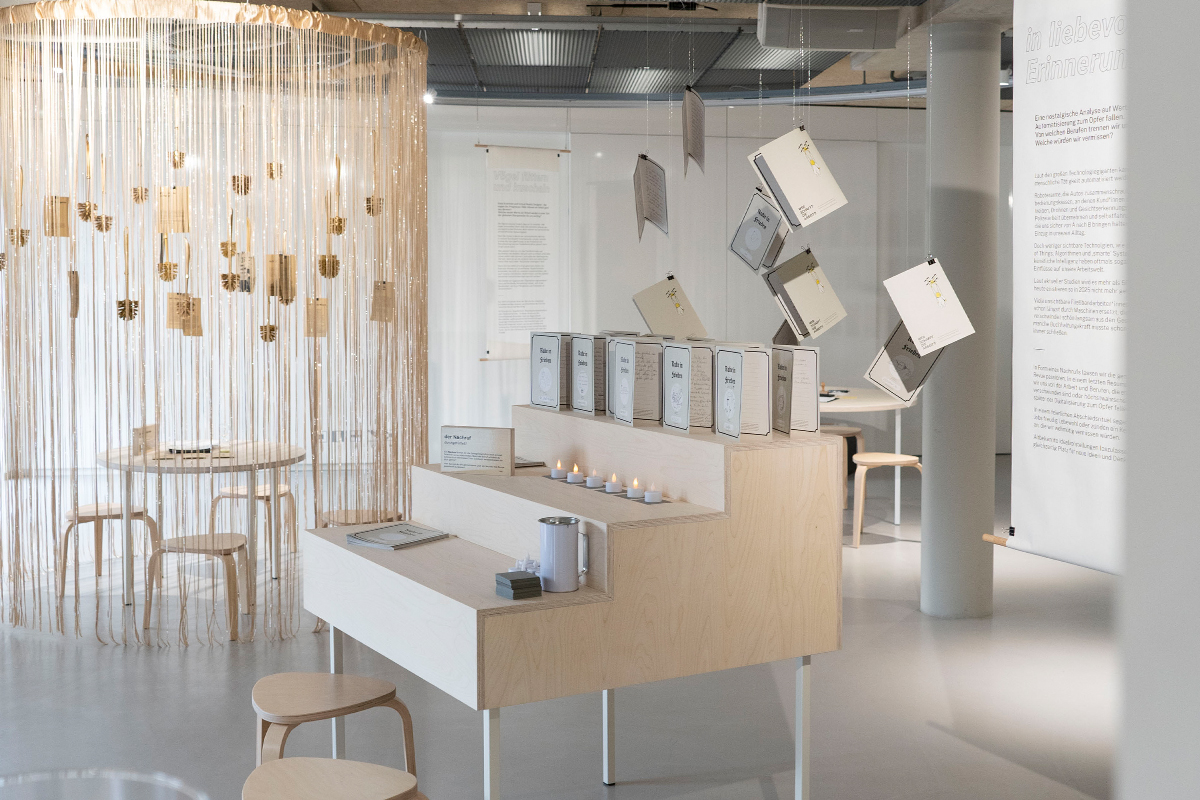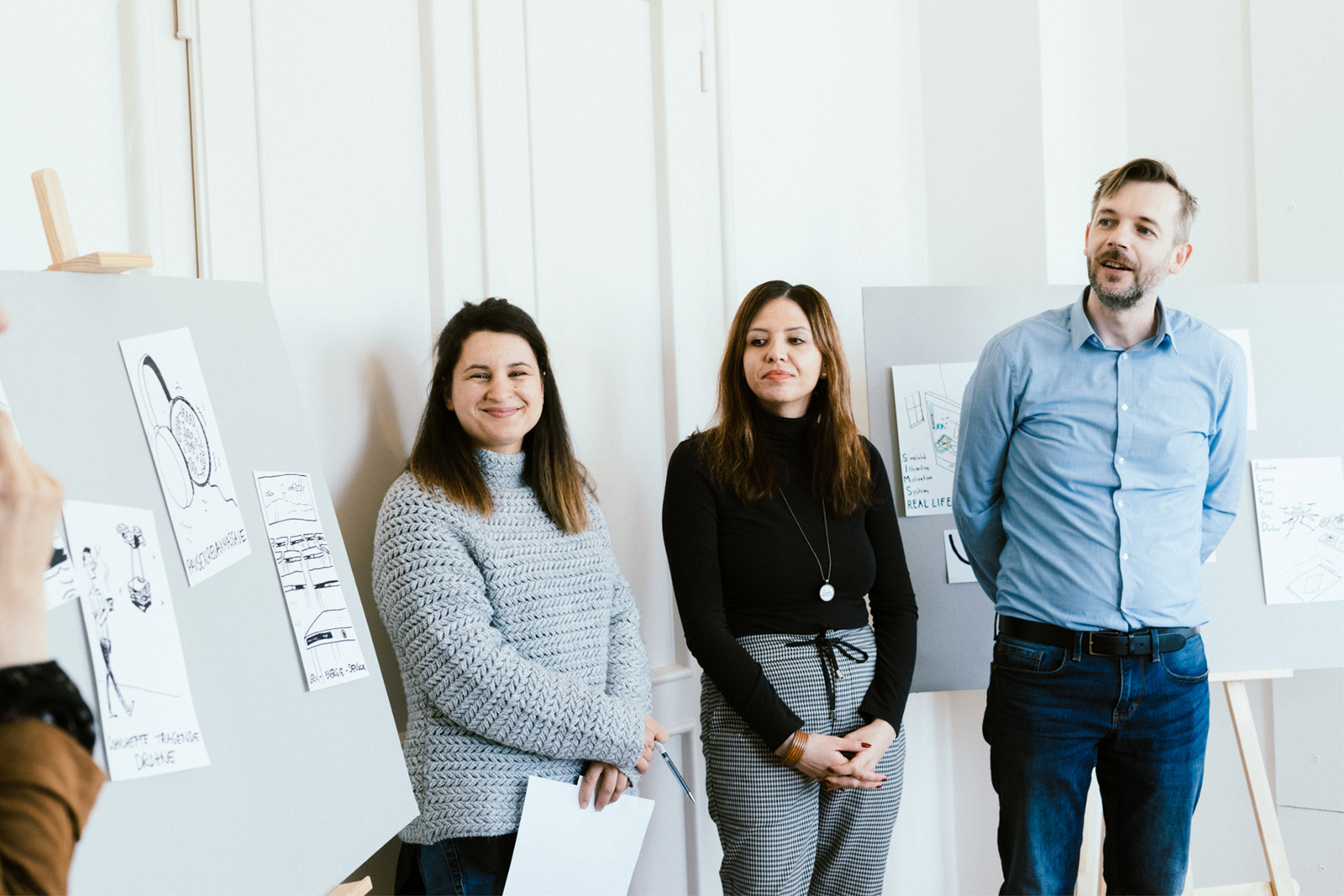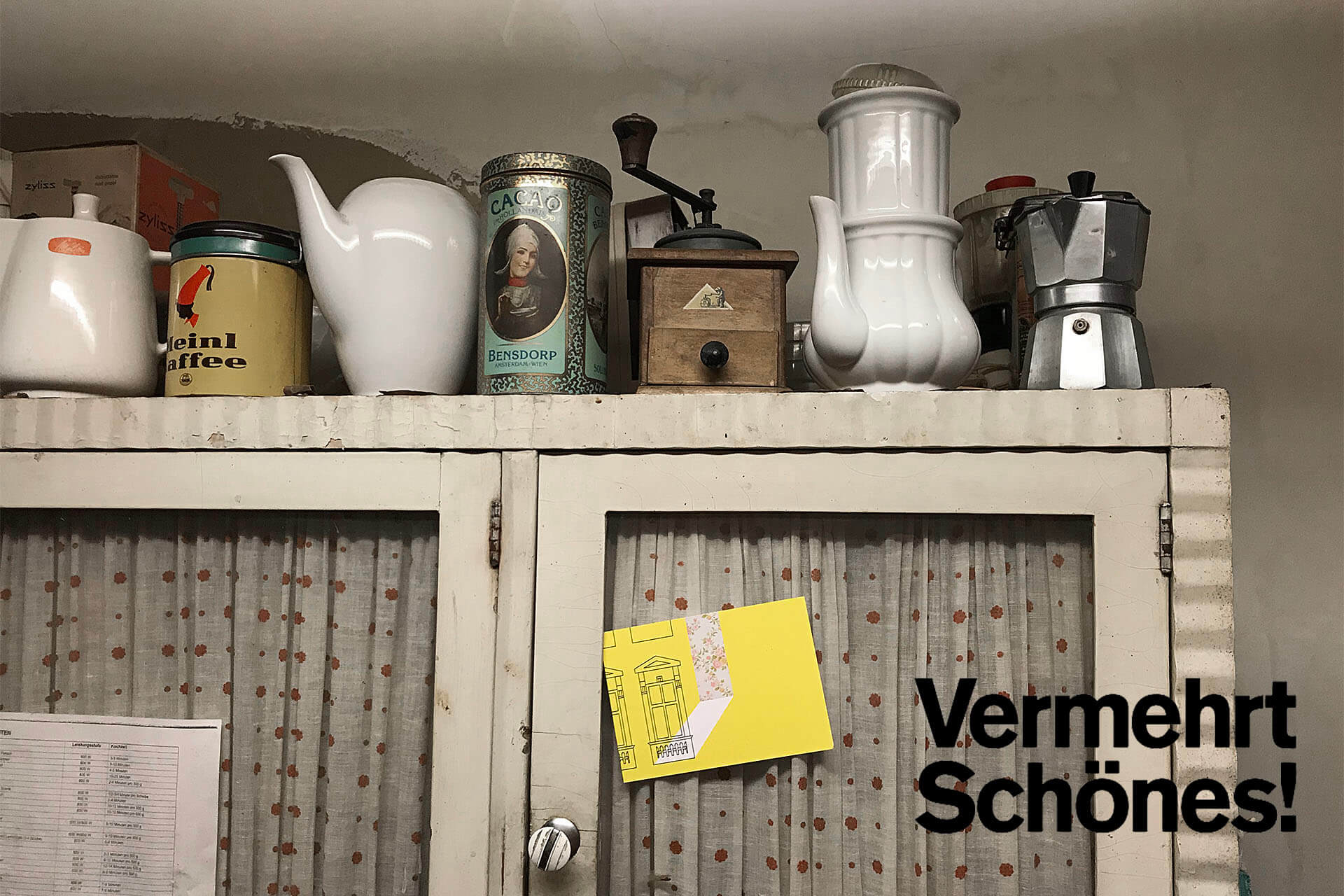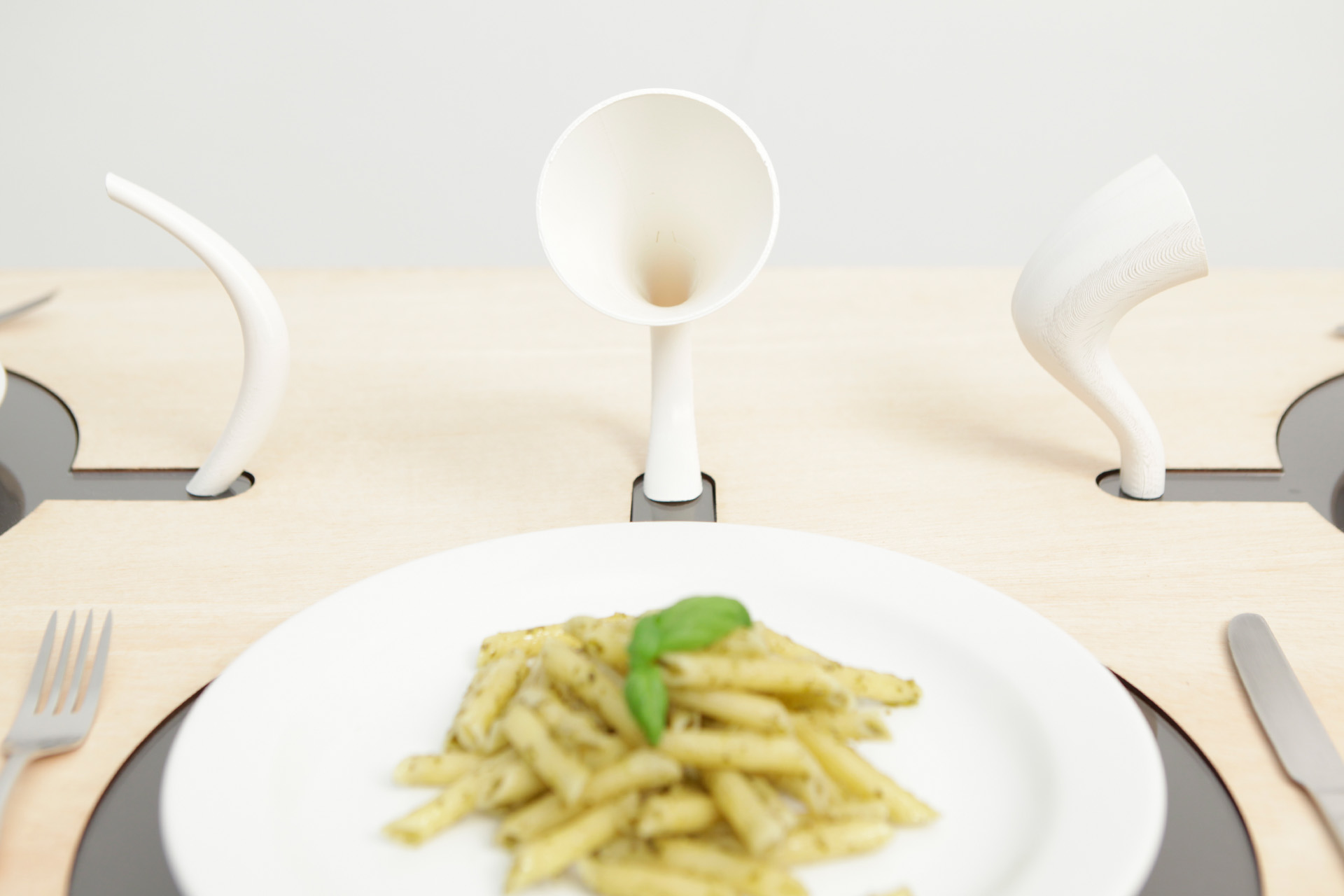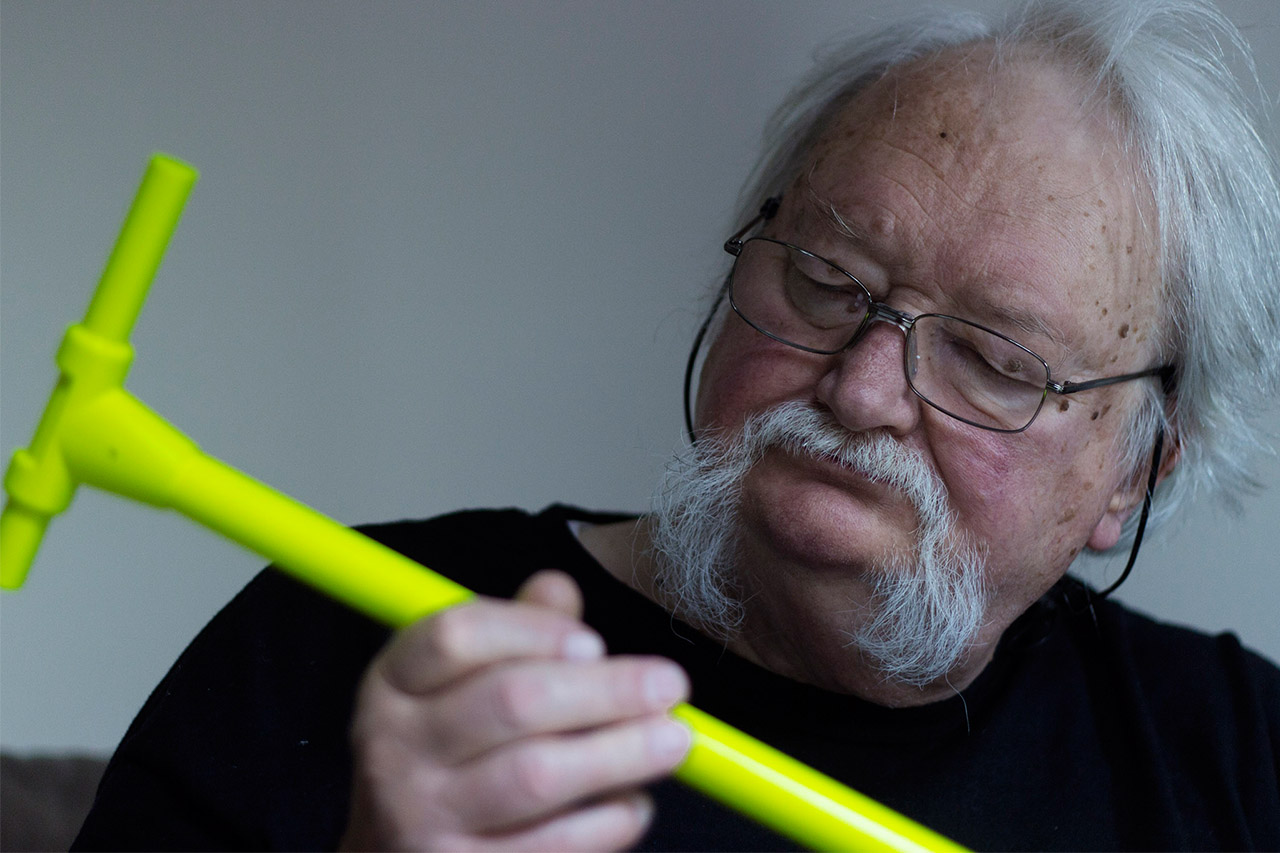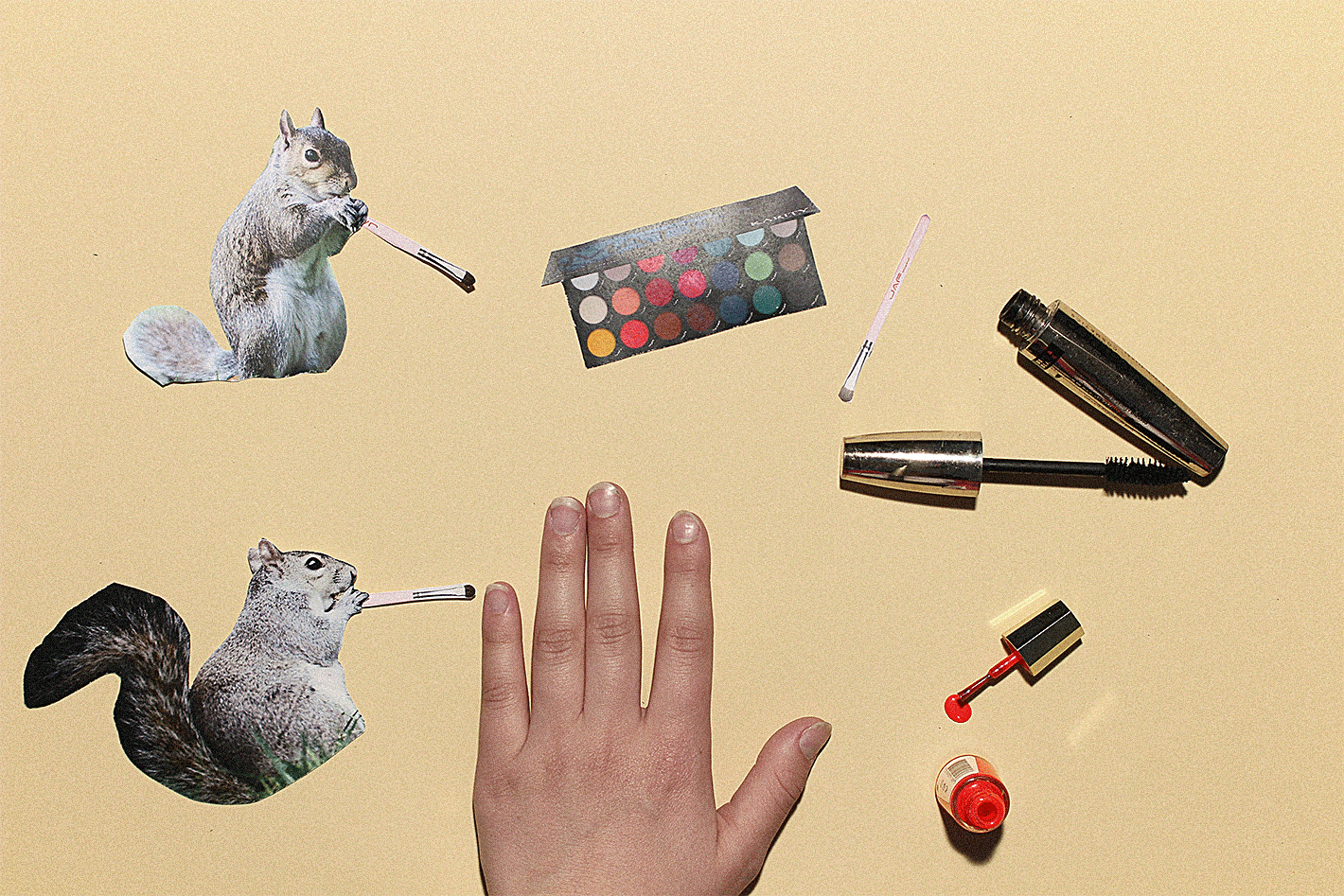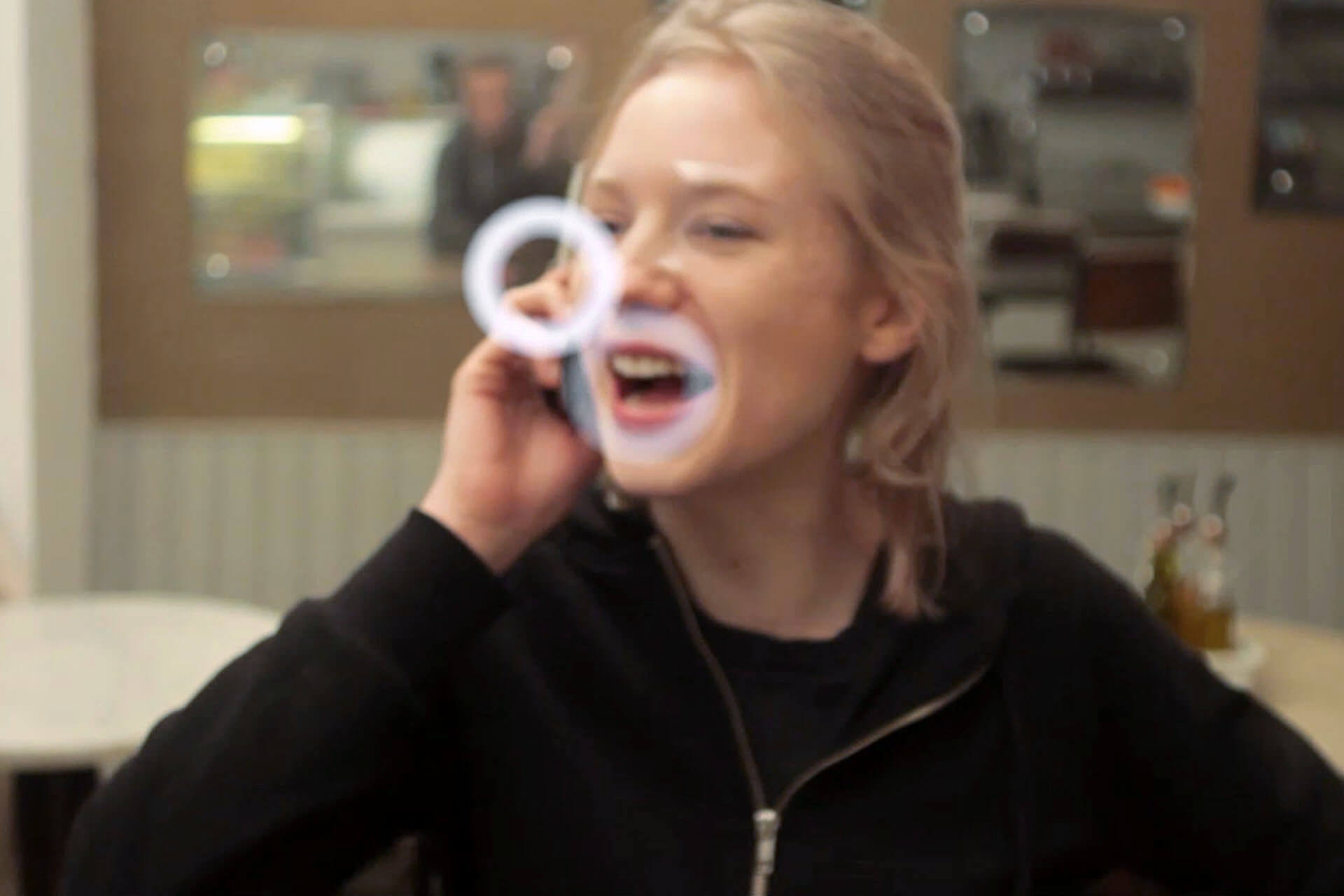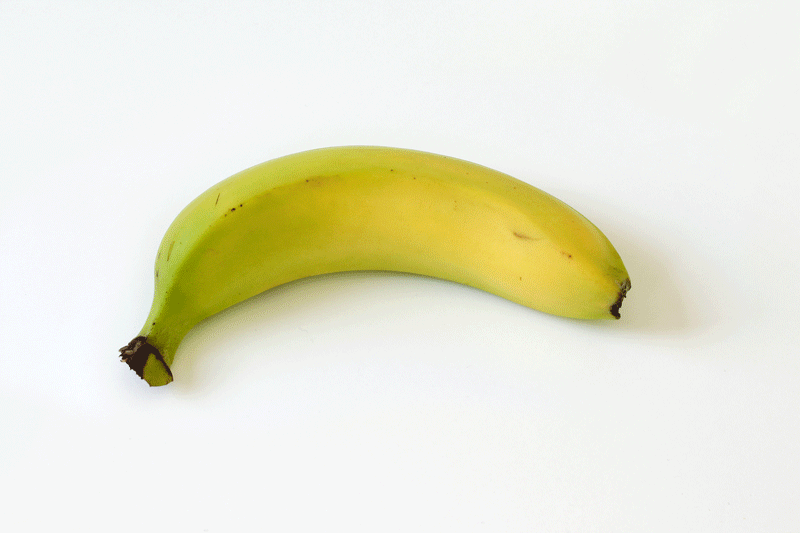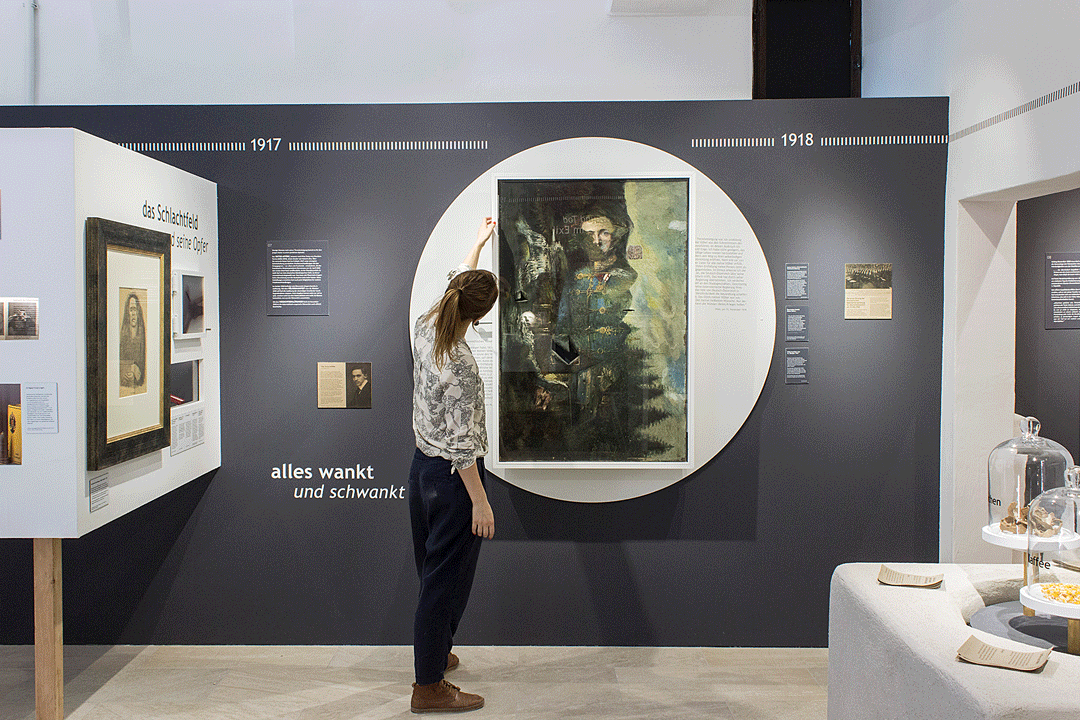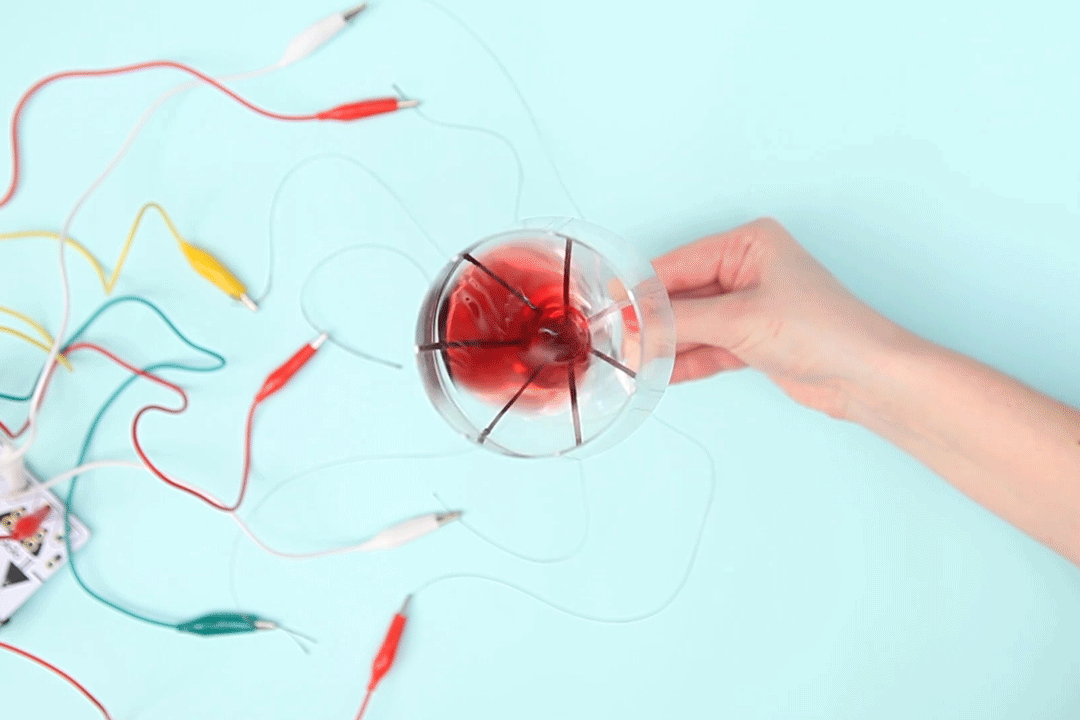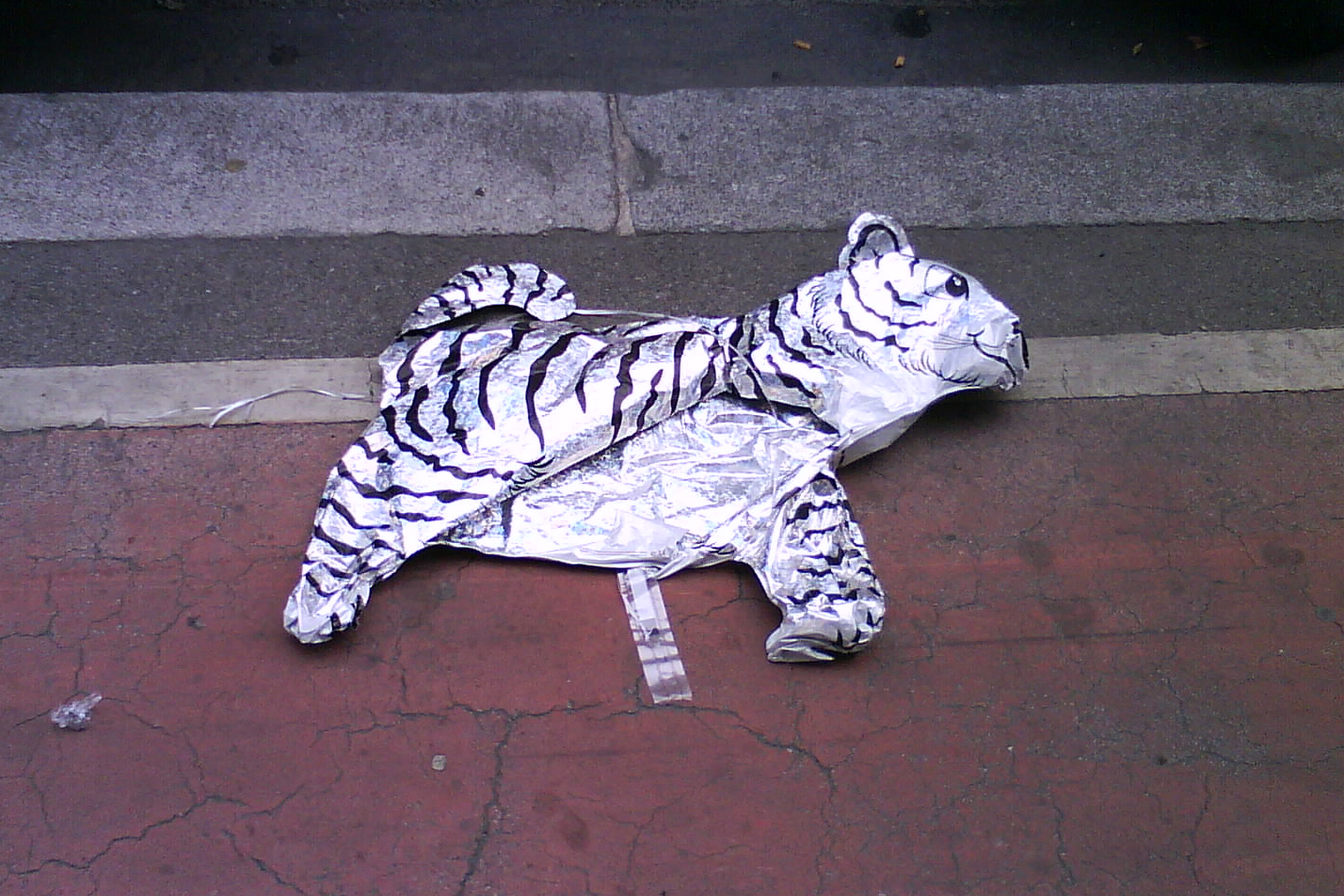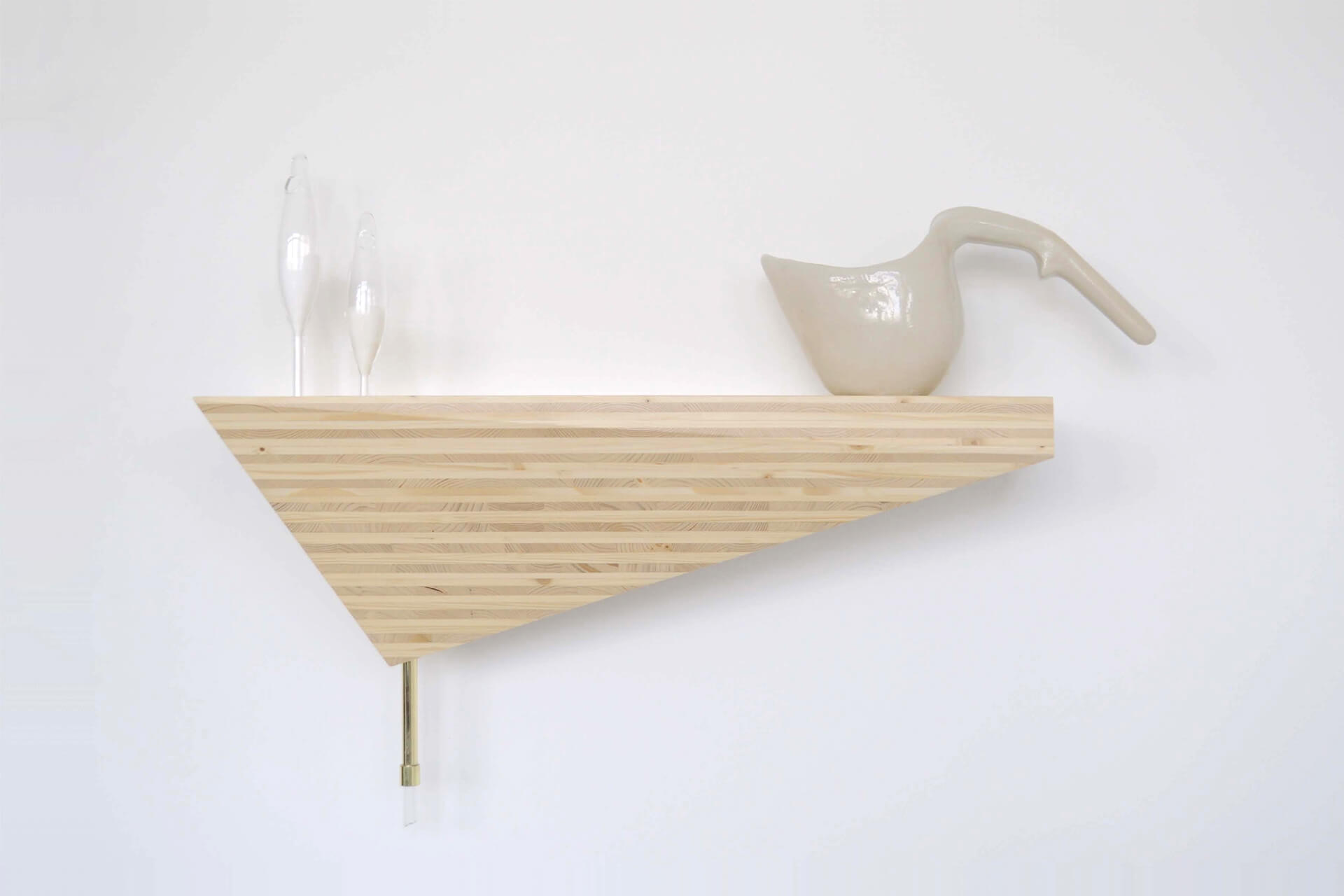DeRive
2013 I UNIVERSITY OF APPLIED ARTS I STUDIO FIONA RABY
WHILE REGULAR TRAFFIC FLOWS BENEATH, NEITHER ARCHITECTURE, NOR VEHICLE, A NEW KIND OF URBAN LAYER IS MOVING VERY SLOWLY ACROSS THE CITY, ON A VERY DIFFERENT KIND OF JOURNEY.


model, short video
Our digital environments are seemingly able to beam us to places we've never been and seen before. Though in our 'real' everyday we move within invisible boundries, sociological and spatial ones. This project suggests a possible alternative future of urban mobility and breaking up with everyday routine.
Vehicles generally have the same purpose: transporting people or things from A to B. They are target-oriented. But why do we move? Where do we go? DeRIVE is a speculative vehicle which reimagines the journey as the destination. It suggests that mobility is the freedom to be in different places and explore new surroundings.
The project is inspired by the concept of Psychogeography and the Dérive, terms shaped by the Situationist International movement. Dérives are necessary, according to situationist theory, because of the increasingly predictable and monotonous experience of everyday life in advanced capitalism.
The Vehicle DeRIVE suggests a new layer and purpose of mobility in a city exploiting unused spatial resources, redefining new working paradigms.
“In a dérive one or more persons during a certain period drop their relations, their work and leisure activities, and all their other usual motives for movement and action, and let themselves be drawn by the attractions of the terrain and the encounters they find there.” (Guy Debord)


In his study "Paris et l’agglomération parisienne" Chombart de Lauwe diagrams the limitedness of all the movements made within one year by a student living in a district of Paris. Her daily routes outline a small triangle with no significant deviations, moving between school, home and her piano lessons.


THE VEHICLE
monitors a worker's mobility via their mobile phones. After a while the software suggests a trip to refresh mental resources and to stimulate creativity. The vehicle drives autonomously on a route which is calculated from the passengers’ GPS data ensuring locations rarely visited by the passenger are included. The body of the vehicle is raised above street level to be independent from traffic speed and to provide an unobstructed view. Various lingering spots within the interior provide different perspectives to perceive a changing surrounding.


FIRST SKETCHES AND MOCKUPS
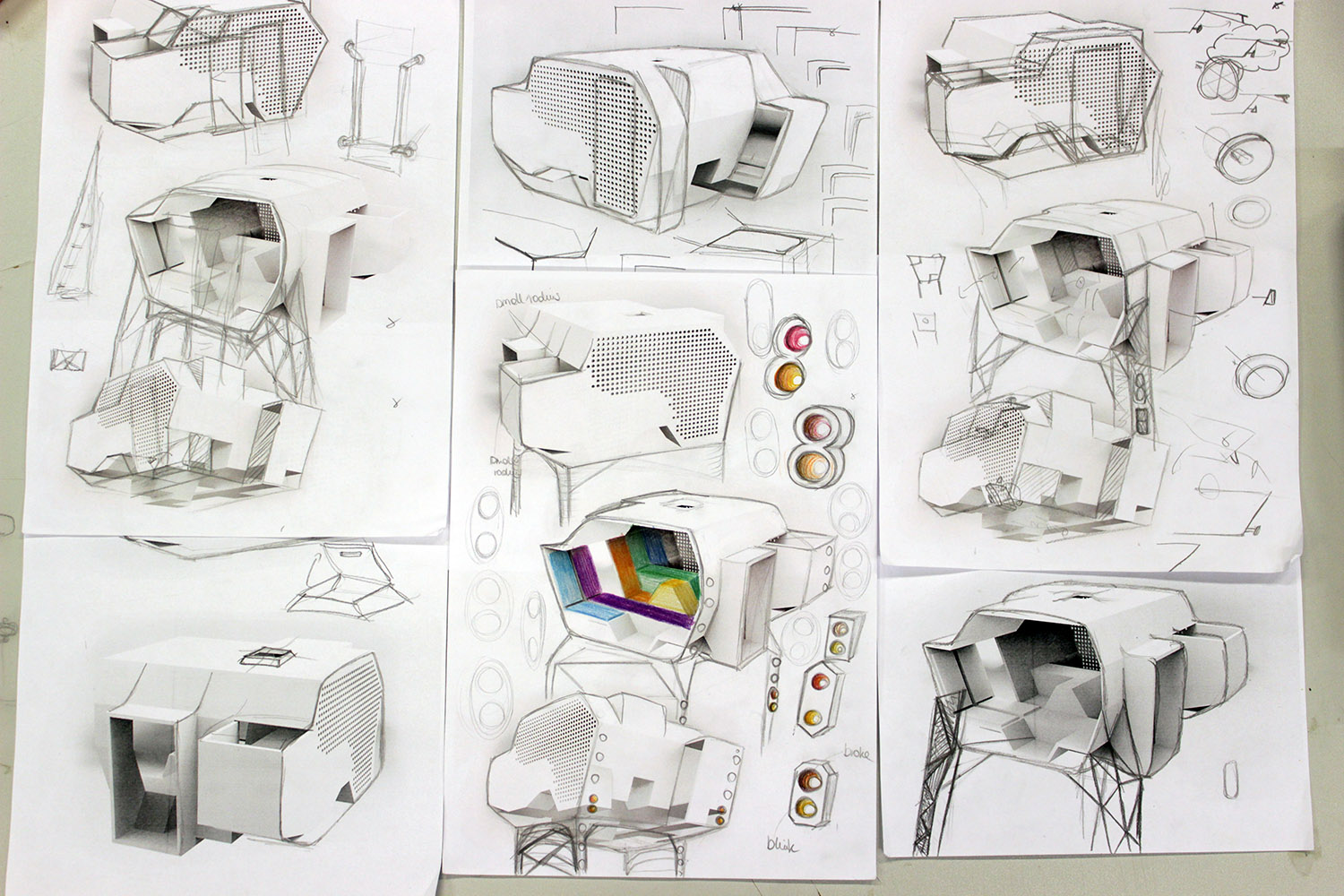

exploring new forms of how an autonomous vehicle could look in the future


first model of a vehicle being independent from traffic below


set of vehicles to enjoy an urban view in different modes of privacy
WATCH THE FULL VIDEO
